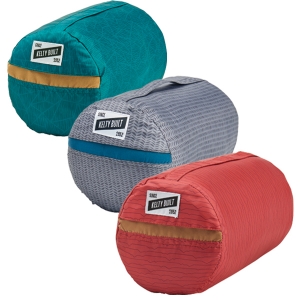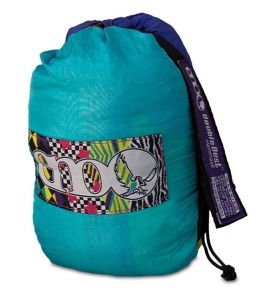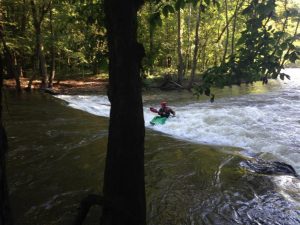With Mother’s Day just a week away, the clock is ticking on picking the perfect gift for mom. For a little gifting inspiration, check out what our team is getting for their moms.

Kelty Bestie Blanket – $22.95
This compressible blanket it perfect for throwing in the car and forgetting about it. My mom would love having it for impromptu picnics at Freedom Park in Charlotte.
– Sarah

Sunday Afternoons Sol Seeker Hat – $36.00
This hat provides sun protection, and perfectly fits my mom’s southern style.
– Sarah

ENO Doublenest Hammock – $69.95
– Savannah

Sherpa Churu Bracelet – $34.95
My mom loves unique, simple jewelry, so she would love many of Sherpa’s bracelets. The Churu bracelet we have has a lot of red beads, which is her favorite color.
– Savannah

Oboz Sawtooth Low Waterproof – $140.00
I would gift these shoes to my mom because I know that her feet will supported and protected adequately in them! She’d love the natural color scheme. They’re also waterproof which makes them great for everyday wear or for hiking, even in a wet environment. She could wear them all year!
– Bailey

Vanguard Spirit XF 8420 Binoculars – $189.99
My mom would absolutely love these binoculars! It would be an unexpected treasure of a gift. We live on a farm, so these would be great for bird watching, spying lil baby black bears, and keeping an eye our pesky brood of chickens. They are super lightweight, and offer picture perfect clarity through the lenses.
– Bailey

Costa Del Mar Sunglasses – $199.00 – $269.00
This is a gift my mom will use all summer long – whether she’s hitting up the waves on her SUP board, going for a nice sunny drive on the parkway, or just laying out by the pool. The Untangled Collection is especially great for moms. They’re made using recycled fishing nets to help lessen pollution in our oceans. What mom wouldn’t love the idea of supporting a company with their child’s future in mind?
– Nate

Naked Bee Skincare – $5.00 – $15.00
Made in the USA with organic ingredients, hypoallergenic, and non-comedogenic, the line of products by Naked Bee are great little extras for Mom. From their different scents of gluten free chapstick, to their intoxicating lotions that have no dyes or pigments, there’s something for every mom.
– Nate



















